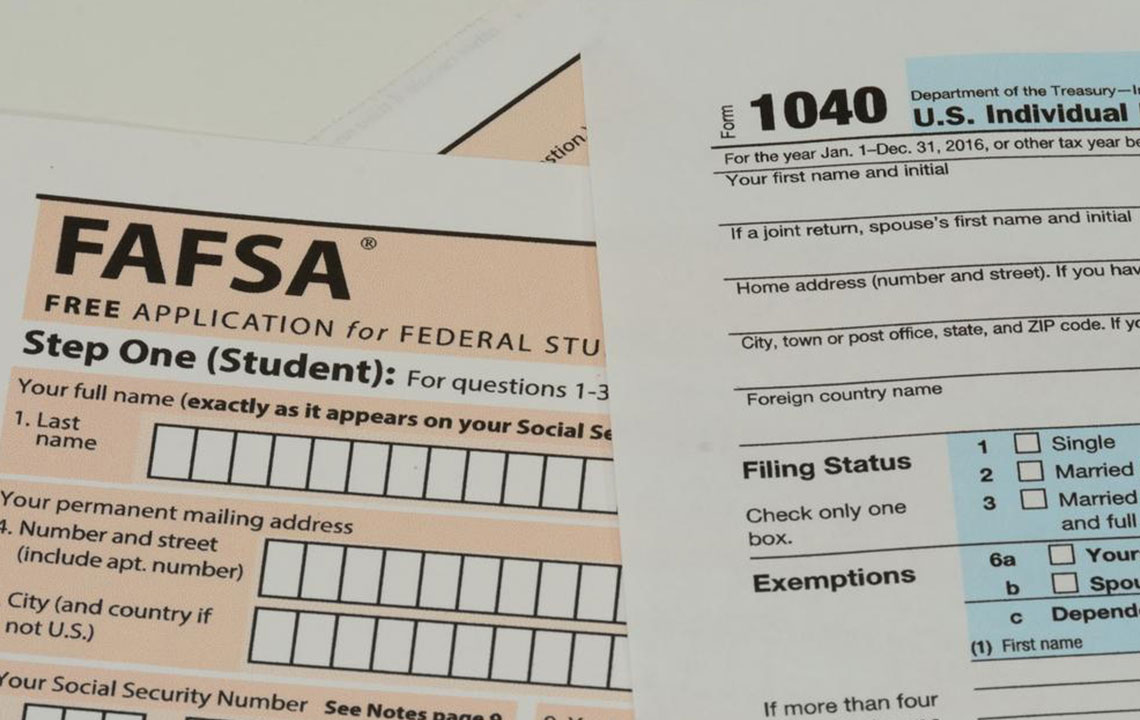Comprehensive Guide to Types of Student Financial Support
This article provides an overview of the various types of student financial aid, including grants, scholarships, loans, and work-study programs, essential for students seeking support for higher education. It covers federal, state, and private options, helping students maximize available resources. The guide explains key features and benefits of each aid type, emphasizing the importance of informed decision-making in financing education.

Comprehensive Guide to Types of Student Financial Support
Securing financial assistance can significantly impact a student's educational journey and unlock potential that benefits society. These funds come in various forms, provided by different sources. Understanding the types of financial aid available enables students to maximize their benefits and access the support they need.
Financial aid options include grants, scholarships, student loans, parent loans, and work-study programs. Most of this support is funded by the federal government.
Grants are financial awards typically provided by the federal or state government, or educational institutions, while scholarships are awarded by schools and private organizations.
Federal grants like the Pell Grant can range from $1 to $5,500, based on financial need.
Student loans are borrowed amounts used to cover educational expenses, with the government ensuring favorable terms, such as the subsidized loan that doesn't accrue interest during studies.
Parents can also borrow from the federal government to support their child's college education, with the Federal PLUS Loan being a prominent example.
Work-study programs provide students the opportunity to work on campus or within the community, earning wages partially funded by the government and the employer, helping offset educational costs.
Additional financial aid may come from state agencies, educational institutions, and private organizations offering scholarships.










